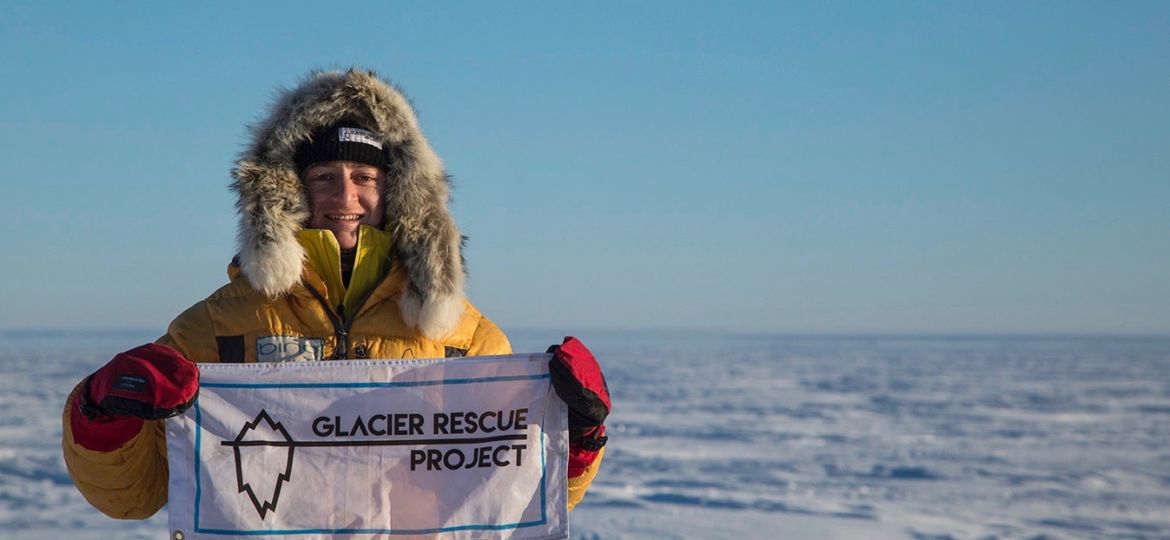
Long passionate about both the environment and graphic design, Gus Reynolds ’19 founded the Glacier Rescue Project (GRP) – an initiative that uses art and graphic design to promote climate change awareness – in fall 2018.
When Reynolds traveled to Patagonia, Argentina during the second semester of his junior year, he was struck by the visibility of climate change in the region.
“Patagonia was super hard to get to, which made me think that no one I really know has been here,” Reynolds said. “It was pretty crazy to see icebergs breaking off of glaciers because this place is just changing so drastically.”
Reynold’s initial idea was to design a logo that incorporates glacier imagery and print it on products like shirts and stickers. He later spoke with Co-founder Jeremy Bird ’19, and they launched what would later become the full-fledged initiative: selling the environmental apparel with the ultimate goal of donating 20 percent of profits to organizations working toward climate awareness. The initial products sold well, Reynolds said. The artwork seemed to engage customers to consider the environmental issues GRP aims to address.
Elissa Temme ’19, Wes Brown ’19 and Marcel Hones ’21 later joined Reynolds and Bird, and the group shifted from producing environmental apparel to wanting to foster partnerships with pre-existing apparel brands and non-profits.
“The main struggle was we couldn’t get sustainable apparel, and that was contradictory if we were going to sell stuff that’s not eco-friendly,” Reynolds said.
Their new aim is to sell designs to apparel brands, who will then be encouraged to donate a portion of profit to environmental groups. GRP is also currently beginning what they call the “re-freeze” – instead of buying new t-shirts and printing GRP designs on them, they have begun buying used flannel shirts and rebranding them with GRP patches.
Within the year, the GRP team hopes to raise $1,000 to donate to their non-profit partner, Protect Our Winters. This would allow the Glacier Rescue Project to become a corporate partner with the organization.
“Icebergs are sick because 10 percent of the ice is above the surface and 90 percent is below,” Reynolds said. “What you can see is at the surface, but then 90 percent of that – the real problem – is so much bigger.”
ellfel1@stolaf.edu
















